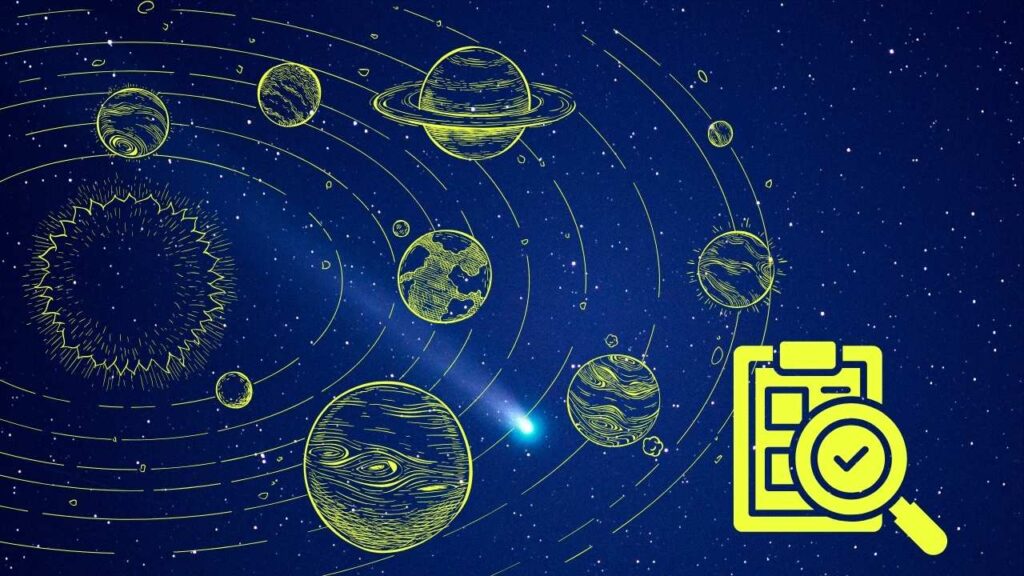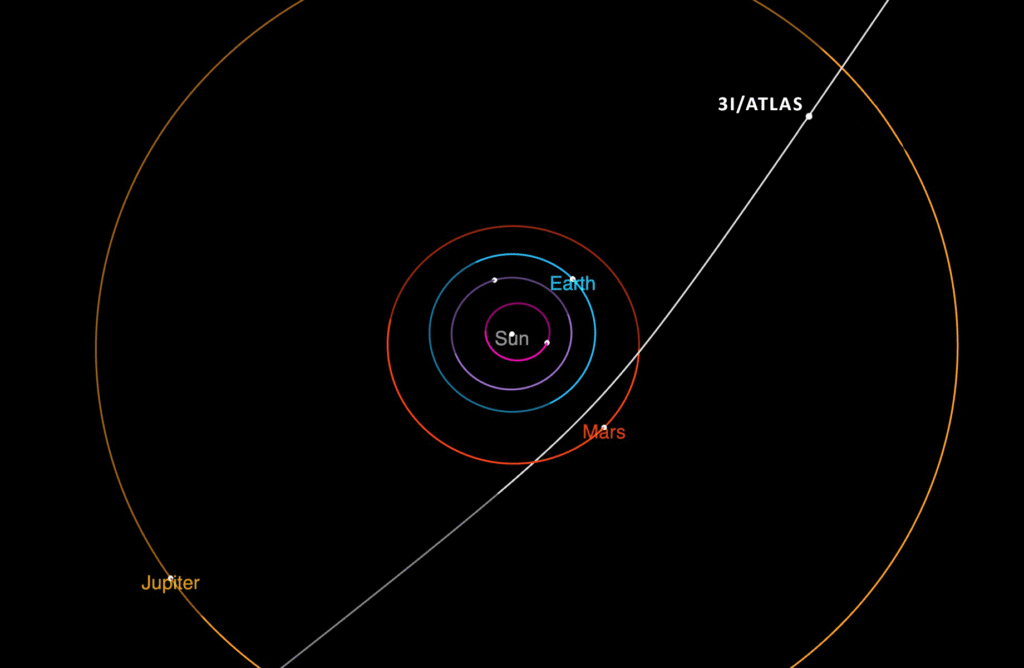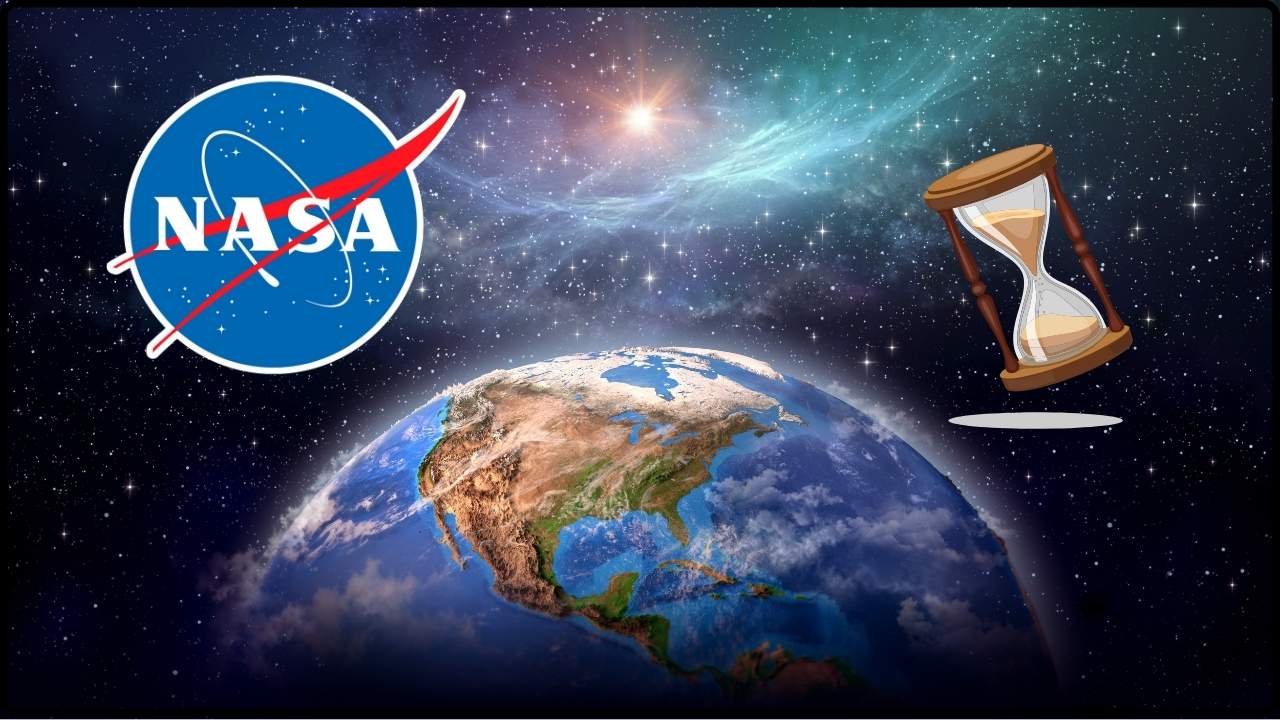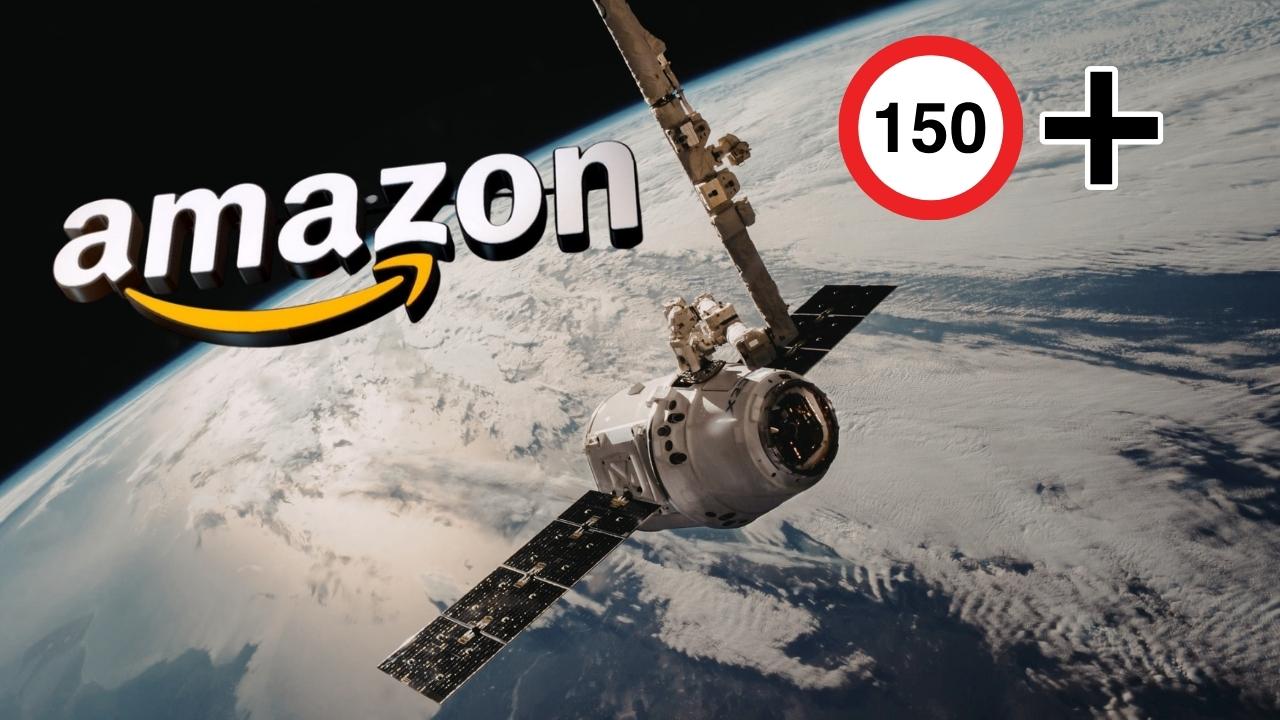
ESA to Track Mysterious Comet 3I/ATLAS: Comet 3I/ATLAS is a hot topic in the astronomy community, and here’s why you should care: the European Space Agency (ESA) alongside NASA, JAXA, and other space institutions are dedicating some of the most powerful telescopes ever built to track this comet passing through our solar system. Discovered on July 1, 2025, by the NASA-funded ATLAS survey telescope in Chile, this comet is a rare interstellar visitor traveling at phenomenal speeds, giving scientists an unprecedented chance to study a cosmic messenger from beyond our solar system.
ESA to Track Mysterious Comet 3I/ATLAS
Comet 3I/ATLAS offers an extraordinary glimpse into the vastness of space and the mysteries that lie beyond our solar system. The international effort to track its trail with the Hubble and James Webb Space Telescopes, supported by ESA and other global partners, showcases the power of global cooperation in space science. For both professionals and space enthusiasts, it’s a cosmic spectacle and scientific goldmine, reminding us that the universe is a vast, interconnected place full of surprises waiting to be uncovered.
| Feature | Details |
|---|---|
| Discovery Date | July 1, 2025 |
| Origin | Interstellar (outside our solar system) |
| Closest Approach to Sun | October 30, 2025 (about 1.4 astronomical units) |
| Closest Approach to Earth | About 1.8 astronomical units (approx. 170 million miles) |
| Speed | Approximately 137,000 miles per hour (61 kilometers per second) |
| Number of Known Interstellar Objects | Three (3I/ATLAS, ‘Oumuamua, 2I/Borisov) |
| Observing Instruments | Hubble Space Telescope, James Webb Space Telescope, ESA Mars Orbiter, JUICE spacecraft |
What Is Comet 3I/ATLAS and Why the Buzz?
Unlike typical comets that orbit our Sun, 3I/ATLAS comes from deep interstellar space, meaning it originated outside the solar system and is just passing through. It follows a hyperbolic trajectory that prevents it from being trapped by the Sun’s gravity. Essentially, it’s a visitor flying through our celestial neighborhood for a brief moment in cosmic time, something super rare that has only been recorded twice before—the famous ‘Oumuamua in 2017 and 2I/Borisov in 2019.
This comet’s arrival is a once-in-a-decade-type event that lets scientists peer into unfamiliar territory. By analyzing its composition, trajectory, and activity, experts glean insights into other star systems’ makeup, delivering clues about how various elements and compounds are distributed across the galaxy.
How Was 3I/ATLAS Discovered?
The comet was first detected by the Asteroid Terrestrial-impact Last Alert System (ATLAS), a survey telescope based in Chile that scans the skies for potential asteroid and comet threats as part of NASA’s planetary defense network. This system didn’t just find 3I/ATLAS by chance—its mission is to continuously monitor the sky for things moving fast and close enough to be potential risks. Although 3I/ATLAS is not a threat, its discovery is a scientific jackpot.

Scientific Discoveries and Observations
Since the initial discovery, many ground-based and space observatories have been scrutinizing 3I/ATLAS to unravel its secrets. Here are some of the important findings and observations:
- Size and Composition: Hubble’s ultraviolet observations estimated 3I/ATLAS’s nucleus to be less than 5.6 kilometers across. It has an active coma—a cloud of gas and dust created by sublimation of ice as the comet nears the Sun. Comet gases detected include water vapor, carbon dioxide, cyanide, and nickel vapor, at concentrations similar to Solar System comets
- Unique Polarization: Polarimetric studies showed that light reflected from its coma displays unusual properties similar to objects from the trans-Neptunian region in our solar system, suggesting its coma contains a mix of icy and dark material.
- Dust and Gas Emission: The comet’s dust is released at different speeds depending on grain size, with small particles moving faster. The amount of dust and gas released increased as the comet moved closer to the Sun.
- Sun-facing Plume: It is ejecting a dust plume facing the Sun—an exceptional feature for a comet—likely caused by accelerated sublimation of ices on the sunlit side.
- Activity at Distance: It was already bright and active when it was about 6.4 astronomical units from the Sun, showing that volatile ices other than water like carbon monoxide or carbon dioxide were sublimating.
- Mars Encounter: The comet’s path took it close enough to Mars in early October 2025 that ESA’s Trace Gas Orbiter captured observations ten times closer than Earth-based telescopes, allowing unprecedented data to improve trajectory predictions for planetary defense applications.
How Fast Is Comet 3I/ATLAS Traveling?
3I/ATLAS is zooming through space at roughly 137,000 miles per hour (61 kilometers per second). That speed is about 180 times faster than a commercial jetliner! Such velocity emphasizes why it’s on a one-way trip out of our solar system and why tracking it requires coordination between multiple observatories in different locations, including ones on other planets.
Why ESA to Track Mysterious Comet 3I/ATLAS This Important for Scientists?
Studying a comet from another star system opens new windows for understanding the broader universe. The chemical and physical characteristics of 3I/ATLAS shed light on the building blocks of planetary systems in our galaxy. Comparing it to Solar System comets helps refine models of solar system formation and informs our search for life elsewhere.
Moreover, this comet provides a rare test case for planetary defense strategies. By incorporating data from spacecraft orbiting Mars, scientists enhanced their trajectory predictions more accurately, a critical step in preparing for potential threats from near-Earth objects.

International Cooperation in Space Science
Tracking 3I/ATLAS has become a global effort:
- ESA uses its Mars Trace Gas Orbiter and the JUICE spacecraft studying Jupiter’s moons.
- NASA contributes with the Hubble Space Telescope, James Webb Space Telescope, and other assets.
- The Japanese space agency JAXA, as well as various ground-based observatories worldwide, also contribute data.
- The Vera Rubin Observatory serendipitously captured images of this comet during its early validation phase, limiting the delay in discovering and validating the comet’s behavior.
This level of cooperation reflects how science transcends borders, bringing together multiple perspectives and tools to better understand cosmic visitors.
How Can You See Comet 3I/ATLAS?
While 3I/ATLAS has been visible to professional observatories since its discovery, it has been quite a challenge for casual stargazers. During parts of 2025, it got too close to the Sun from Earth’s viewpoint and became obscured by solar glare. However, around December 2025, it’s expected to emerge again, offering an opportunity for amateur astronomers with good telescopes to catch a glimpse.
Websites like NASA’s Solar System Exploration page and the ESA science portal provide updates, images, and viewer guides for anyone eager to learn more or try their hand at spotting this elusive visitor.







